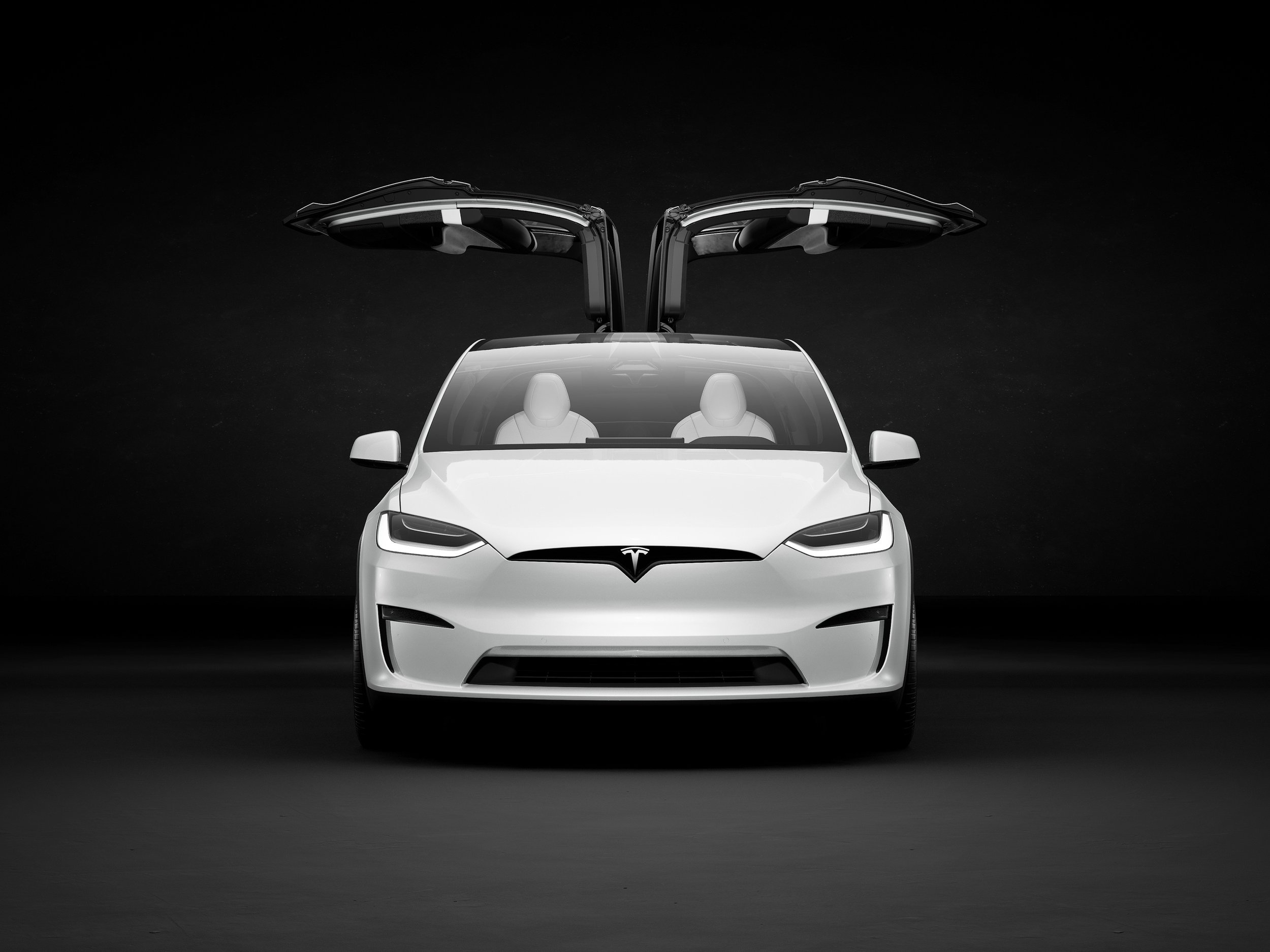Teslas: From Exotic to Common – Sign of Things to Come?
By Edward A. Sanchez – March 11, 2022
In many parts of the world, and still in some parts of the U.S., Tesla vehicles are a relatively rare sight. This was the case about a decade ago everywhere – including in California – when seeing a Model S or Roadster was a head-turning experience. Today in California, you can look in almost any direction and see three, four, five, or more Teslas. While they perhaps have not risen to the RAV4 or Escape level of ubiquity, they’re far from rare anymore.
Statistics back this up. The best-selling truck or SUV in California for all of 2021 was the Tesla Model Y, out-pacing even the RAV4, Ford F-Series, Honda CR-V, or Toyota Tacoma. This is before Model Y production has fully ramped up at Gigafactory Texas, and before Gigafactory Berlin starts going full speed ahead.
Tesla chair Robyn Denholm surprised many in the investment and analyst community when she announced the company’s ambition for 20 million annual sales by 2030. To put that in some context, Toyota sold 10.5 million units globally in 2021. Volkswagen sold 8.8 million cars, and Ford sold 3.9 million vehicles during that period. For perspective, Tesla sold a comparatively miniscule 936,000 vehicles. Certainly a respectable figure, but not eight figures.
As of right now, Tesla has four either operational or soon-to-be-operational plants globally: Fremont, Shanghai, Berlin, and Austin. Assuming an annual capacity of 500,000 to 600,000 units each, that puts Tesla at a potential output of 2 to 2.4 million units annually. Still a far cry from 20 million.
So how will they get there? Either through a massive, exponential increase in units out of each factory, or simply put, more factories. Some speculation has centered around a plant in India, a second plant in Europe, or a plant in Russia – or all of the above (although a Russian plant might be less likely, considering recent events).
Tesla has always set ambitious goals, but it’s obvious that the company can’t hit its 2030 production goals only utilizing the factories it currently has.
There will be an inevitable increase in production capacity and manufacturing footprint if Tesla has any chance of meeting its ambitious sales goals. While I think 20 million units by 2030 may be a somewhat ambitious stretch, I do think 5 to 6 million units by that time is achievable, and realistic, working off the assumption there will almost certainly be new factories built.
Although it still acts like a “startup” in many respects, Tesla has arguably graduated into the club of “established OEMs.” It came just shy of 1 million global deliveries in 2021, a figure the company will almost certainly surpass in 2022.
I’ve already joked with my podcast cohost Phil Royle that the Model 3 has become the “Camry of Silicon Valley.” Will the day soon come when other models are referred to as “the Model 3 of [blank]?”
(Images courtesy Tesla)
- Store - Podcast - Facebook - Google News - Twitter -









